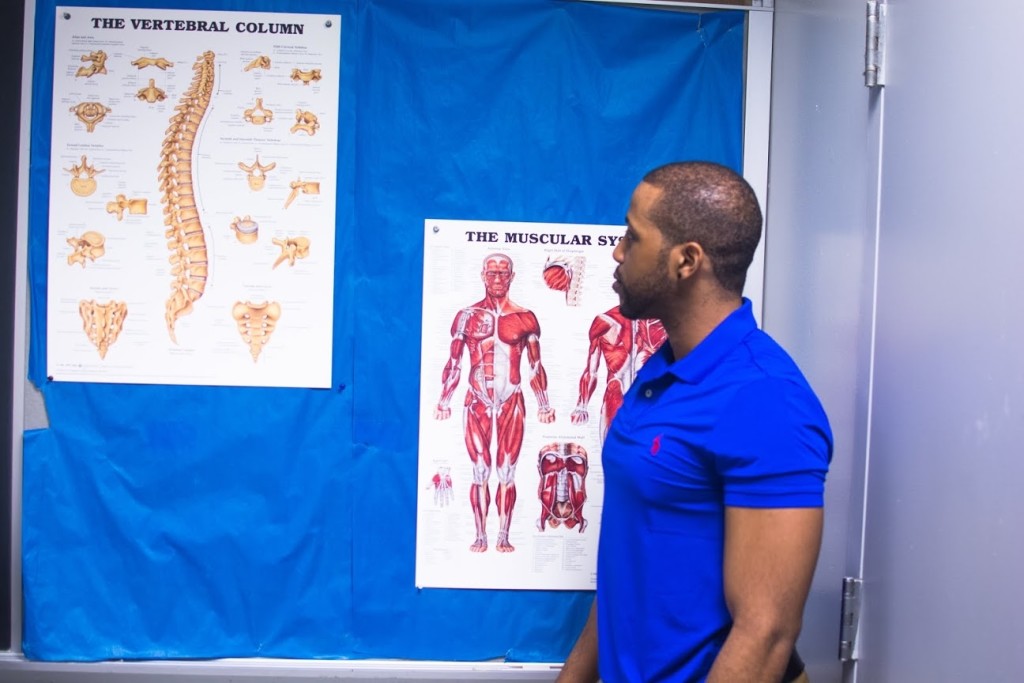I am often queried by patients and clients alike as to what led me to my career choice. I often answer, “Well, because it’s one of the top prizewinning career choices out there.” I am grounded by this belief for several reasons. Every working day, I’m humbled to be a licensed and practicing clinician whose job is fulfilling and rewarding. Being blessed with skill, opportunity, and passion to help others convalesce really penetrates at the core of being humane. Physical therapy combines many distinct, but related aspects — it’s medical, scientific, pedagogical, compassionate, restorative, preventive, physically and psycho-socially therapeutic, but most importantly – it’s altruistic. To clear up any confusion from the public and simultaneously exemplify my love for my career, the following paragraphs will shed some light on the responsibilities of a physical therapist.
What do physical therapists do?
Physical therapists (PT/PTs) are known as musculoskeletal experts. The musculoskeletal system is the umbrella term to define one holistic system that couples the entire muscular system and skeletal system with all inter-playing constituents. The branch of science related to the ins and outs of the musculoskeletal system is orthopedics. The musculoskeletal system, under the governing influence of the central nervous system (brain), is responsible for stability, mobility, and locomotion of the body. PTs are well known for our knowledge of locomotion, better known as movement of the musculoskeletal system.
We know how to assess proper, functional physiological movement throughout the body, and, conversely, know how to diagnose improper, dysfunctional and pathological movement. When dysfunction of any movement is found, we are equipped with the necessary skill set to treat the dysfunction. The dysfunction can be secondary to any underlying musculoskeletal pathology (past or present) and/or any aberrant movement pattern (pain-free or painful). Once assessment has been completed, we treat the condition through the use of various creative corrective movement patterns and corrective exercises. Since, for the most part, humans are not static creatures that remain idle all day, it’s safe for my readers to assume that it’s quite essential to know how to move properly to minimize or eliminate pain, injury, and any dysfunction that may progress over time if left untreated. If you are a living and moving human (no matter the degree of movement), a skilled physical therapist can definitely help you in more ways than one. We help people move better, operate better, feel better, feel stronger, and feel healthier.
Question of all time: Are you a doctor?
Yes, I am – Dr. Clifford Civil. I am a Doctor of Physical Therapy. A Doctor of Physical Therapy is a doctor of the musculoskeletal system, and all that is found within. We diagnose and treat patients within our scope of practice. We also diagnose and refer patients out to other doctors when evaluation has determined that their symptoms/pathology is of systemic origin and not related to musculoskeletal dysfunction. We work closely with orthopedic surgeons (doctors who perform surgeries for multiple musculoskeletal disorders), physiatrists (doctors who hone in on physical medicine and rehabilitation), and orthopedists (doctors of the musculoskeletal system who CAN prescribe medication). Although I don’t perform surgeries or prescribe pharmacological medicine, what I do prescribe are techniques and exercises to restore functionality. These techniques teach patients/clients how to get stronger, move more efficiently, and use their bodies as fully functional systems. I teach patients/clients that exercise trumps all as the best single form of medicine.
Just as there are many branches of medicine, one can assume that there are many areas of physical therapy practice. There are various specialties and sub-areas that a PT can venture in other than orthopedics, such as: cardiovascular and pulmonary, neurology, and women’s health, among others. Interestingly, many of these sub-areas and specialties carry some form or degree of musculoskeletal implication when their respective systems are pathological. For instance, a patient who has had cardiac/pulmonary surgery can benefit from movement and posture fixations that will help better position accessory respiratory muscles to help with breathing. A neurologic patient can benefit from neuromuscular rehabilitation exercises, which couples musculoskeletal movement with brain function, since the brain is the central command center for all movement. Women’s health therapists use knowledge of the anatomic and physiologic pelvic girdle and its association with genitourinary parts to help address limitations. These are just a few examples, but the idea can often be extrapolated to include different and unique instances. In my humble opinion, as a physical therapist, regardless of which sector of physical therapy one may work, one is never completely void of orthopedics – and the never-to-be-forsaken musculoskeletal system.
The depth of the realm of pedagogy surrounding physical therapy is sometimes wrongfully neglected or significantly limited by some. One of the biggest responsibilities of a physical therapist is to educate patients/clients. We educate patients on pathology/injury (general background info), all findings from evaluation (individual assessment), and the plan of care (individual treatment course). It’s our job to make sure the patient knows what’s going on, and what we as a team (therapist and patient) will be doing to help foster positive results. It’s of the essence for them to be on board with the plan. I find that once patients are empowered with knowledge, their compliance with PT tends to conjointly be empowered. We educate patients on the need for compliance with the current plan of care including: keeping up with appointments, keeping up with corrective home exercise program, and limiting whatever may have been agreed upon as a deterring factor for progress with the PT plan of care. Keeping constant communication with the patient during appointments, and via email/phone when not meeting one other is vital to the success of the program.
Ultimately, any physical therapy plan of care is centered around one central theme: function. It is our ultimate duty to restore patients back to their prior level of function (PLOF) provided that their injury/pathology doesn’t compromise their ability to return to their PLOF. After gathering all the subjective information during the initial evaluation with a patient, the last question should be related to the patient’s goals and objective outcomes for treatment. The patient with a rotator cuff surgery wants to be able to reach overhead and behind his/her back independently to achieve their activities of daily living. The post-operative knee patient wants to be able to return back to bicycling. Athletes want to return back to sport pain-free. Whatever the patient’s goal is, it is our job as PTs to facilitate it, within the constraints of physical therapy of course.
Lastly, one of the premier appealing aspects of physical therapy is that it is an artful science that continues to evolve. As research continues and significant findings come to surface, clinicians such as myself continue to learn more by day. My latest learning from readings and continued education courses have been based on movement. It’s truly amazing how we can train or re-train the neuromuscular system to work and control movement to not only restore, but to even advance function passed our norm. I am a huge advocate for PT. I am passionate about my career and will make continued efforts to grow as a clinician to help people the most efficient way that I can. At the end of the work day, it all zeroes in on patient care, how I’ve helped someone in need, and the rewarding feeling of seeing someone significantly progress. There’s no dollar value that can compare.

